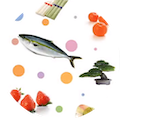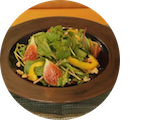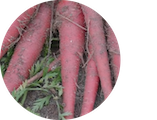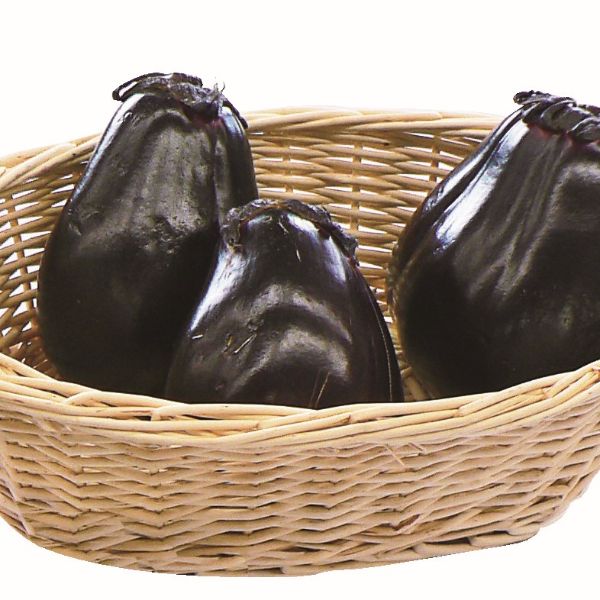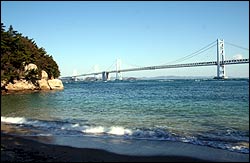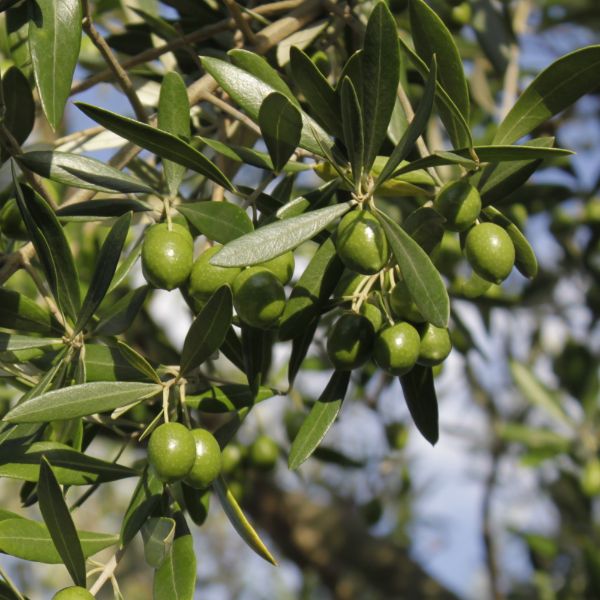LOVE Sanuki's report
73rd Papier-mache Tiger
One of the major projects of Yoshimoto, "A project to live in your town", to make Japan feel good from the area. Entertainer "Kaji Tsuyoshi" who lives in Kagawa reports on local products.
reporter
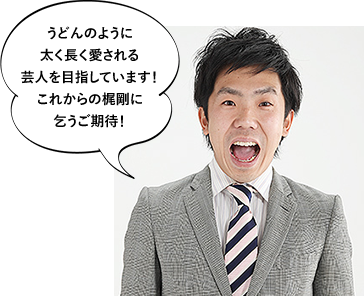
KAJI Tsuyoshi
NSC Osaka school 22nd grade
2005 Formed "Katsuyama Kaji" with Moody Katsuyama
2008 ABC Comedy Newcomer Grand Prix Newcomer Award
2010 Active as a pin entertainer
Birthplace: Mitoyo City, Kagawa Prefecture Born March 1981, 3
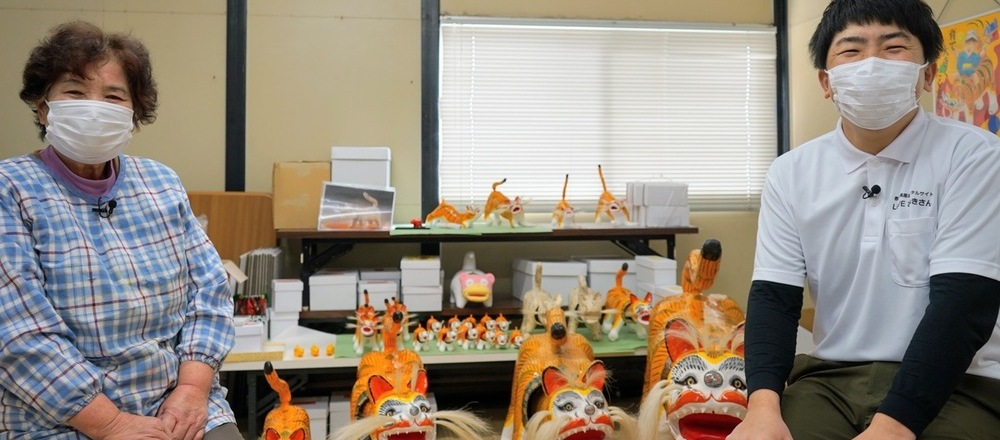
"Papier-mâché tiger" is a popular decoration for festivals in Kagawa prefecture.Papier-mache tigers have been made in Kagawa prefecture for a long time, hoping for the growth of children.
Kaji visited Tai Folk Art in Mitoyo City, Kagawa Prefecture, where he produces papier-mache tigers.
-
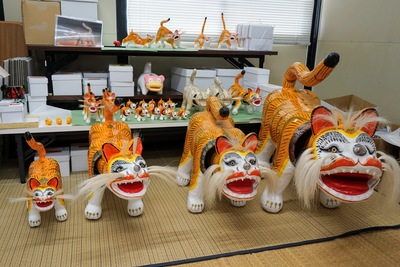
Papier-mache tiger decorated for the healthy growth of children
In Mitoyo City, Kagawa Prefecture, there is a custom of decorating a papier-mache tiger at home in the hope of healthy growth when a boy is born at home.Born in Mitoyo City, Kaji has been accustomed to having papier-mache tigers in his house since he was a child.
"Nationwide, it is displayed at the Dragon Boat Festival on May 5th, but in Mitoyo City, it is displayed as" Umazekku "on August 5st," says Tai Tsuyako, a folk art of Tai. Taught me. -
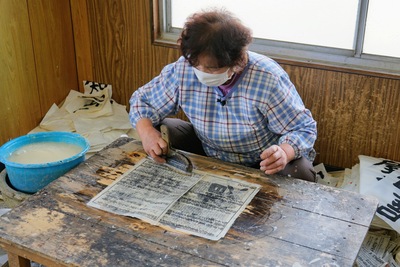
Papier-mâché tiger is said to have been introduced from Osaka to Kagawa prefecture in the late Edo period.There used to be 7 to 8 doll shops in the prefecture that produce papier-mache tigers.
Tai Folk Art was founded at the beginning of the Meiji era.Originally, I made various dolls such as checkered dolls and decorative dolls for festivals, but with the passage of time, I specialize in papier-mache tigers.Mr. Tai is the 5th generation of Tai folk art and has been making it for over 50 years. -
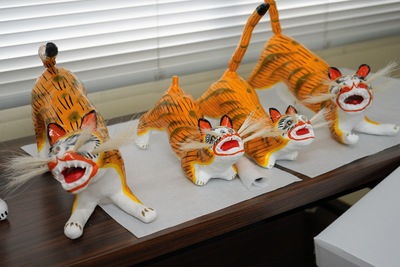
Ingenuity from generation to generation, wide variety of papier-mache tigers
Various papier-mache tigers are lined up in the Tai folk art workshop.While preserving the traditional method of making, we have devised ingenuity in that generation.
"In the third generation, there were small ones about 3 cm and large ones about 12 cm, but I increased the variation in my generation."
Mr. Tai, the 5th generation, also produces small items that fit comfortably in his hands and large items that are 1 m or more that children can ride on.The oversized size is said to allow twin children to ride together.She also creates a unique pose of a papier-mâché tiger. -
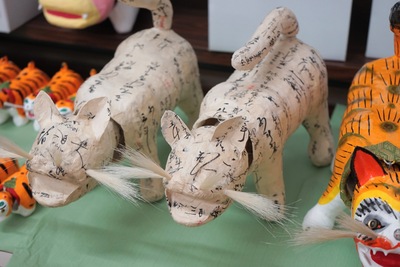
"Old document tailoring" is a work that makes use of the characters of the ancestors
The new work is a papier-mâché tiger from "Old Document Tailoring".
Usually, it is a papier-mâché tiger with a striped pattern drawn in yellow, but the old Japanese paper is finished as it is for the old document tailoring.
"I'm using old book paper from the late Edo period to the Meiji period. I thought the letters on the books were interesting, so I used it in the pattern of a tiger. You can feel the breath of old people," says Mr. Tai. ..
Kaji was also interested in "It has a personality. It seems to suit modern interiors." -
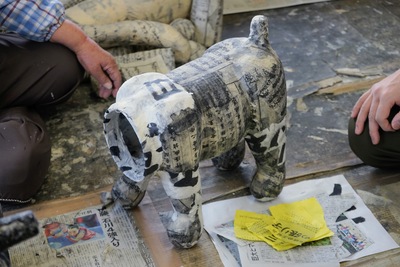
Papier-mache tiger manufacturing process
Mr. Tai guided me to the workshop where the papier-mache tiger is produced.
Papier-mâché tiger begins by pasting Japanese paper on a wooden pattern to form a shape.
Combine Japanese paper from the Edo and Meiji eras with modern Japanese calligraphy, adjust the strength to an appropriate level, attach glue, and attach it to the wooden pattern.Depending on the size of the tiger, stack 10 to 20 sheets of Japanese paper. Some old wooden patterns have been used for more than 70 or 80 years.
Dry the washi paper, remove it from the wooden pattern, and assemble it in the shape of a tiger. -
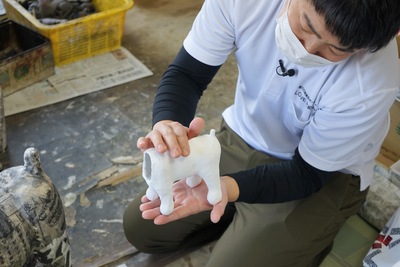
Next, apply "gofun" on Japanese paper.
Gofun is a powder of sea oyster shells.It is used by mixing it with "glue" that acts as an adhesive.The papier-mache tiger coated with whitewash is in a pure white state.By coating with whitewash, the strength is also increased. -
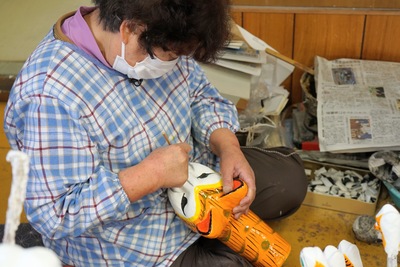
Finally, the finish is colored.
First, apply the base yellow pigment.Next, draw a tiger pattern with a brush and brush. The pattern is blurred with a black pigment like charcoal called "oil smoke".
"It's becoming more and more like a tiger," says Kaji, who looks at Mr. Tai's work.
“I draw by hand from the beginning to the end,” says Tai.
Kaji was impressed by the warmth and kindness of the papier-mache tigers drawn by hand one by one. -
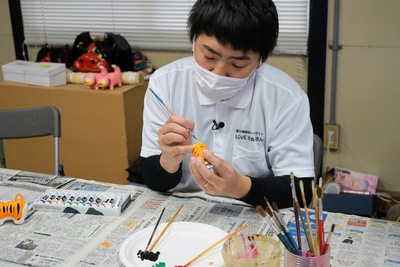
Painting experience
At Tai Folk Art, you can experience painting a papier-mache tiger (reservation required).
"Please feel free to draw with your own thoughts in your favorite colors and patterns."
Recommended by Mr. Tai, Mr. Kaji also challenged to paint a papier-mache tiger. Kaji carefully writes the brush, saying, "It's difficult." -
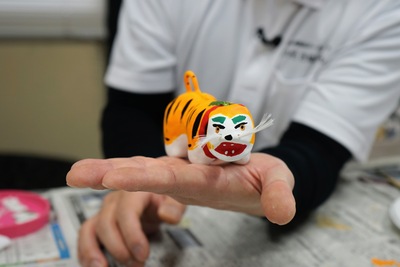
Draw a pattern, draw a face, and finish with a beard.
"We have only one tiger in the world," Kaji says.It has become a brave tiger with a big mouth that seems to blow away bad things.
* In the painting experience, the experiencer will do it from the coloring of the body, but it is done in advance for shooting. -
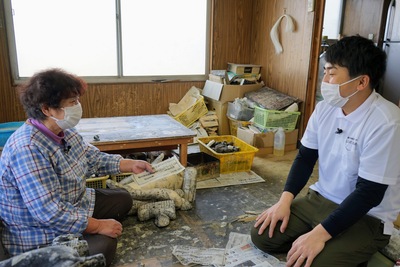
I've been familiar with papier-mache tigers since I was a child, but Kaji-san once again touched on how to make papier-mache tigers and Mr. Tai's thoughts.
Papier-mache tigers are currently being ordered from all over the country.Not only the original color of Tai folk art, but also tigers of different colors may be consulted.Mr. Tai says that has led to new tiger ideas.
"I want to continue making papier-mache tigers that are loved by many people, from children to adults," said Mr. Tai with a gentle smile.
Please look forward to the next LOVE Sanuki-san.
















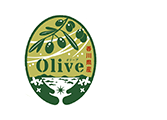 Olive products from Kagawa Prefecture
Olive products from Kagawa Prefecture



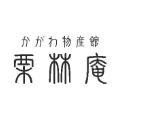
 Stores handling olive-related products
Stores handling olive-related products

